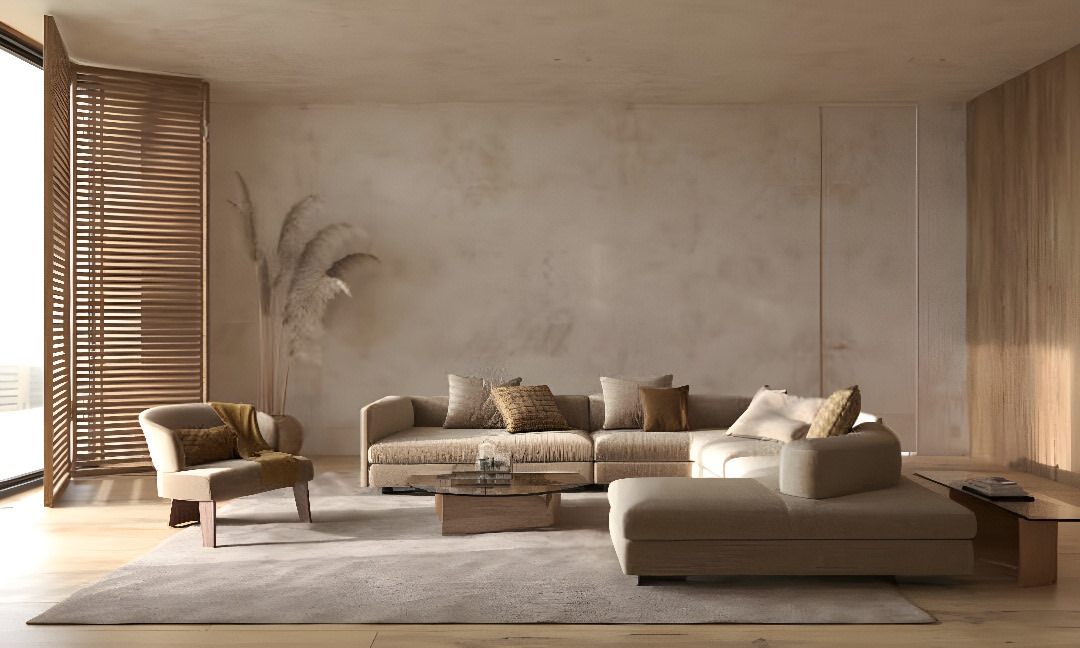
How to Depersonalize Your Property When Selling
Selling your home can be an emotional and challenging process. Your home is not just a structure; it’s a place filled with memories and personal touches that reflect your unique style. However, when it comes to selling, depersonalizing your property is a crucial step to make it more appealing to potential buyers. In this article, we’ll explore why depersonalization is important and offer tips on how to effectively go about it.
Why Depersonalize?
Depersonalizing your property is about creating a neutral canvas that allows potential buyers to envision themselves living in the space. Here are a few compelling reasons why you should consider this step:
- Broaden the Appeal: When your home is filled with your personal belongings, it can be challenging for buyers to see themselves living there. Depersonalizing allows a broader range of potential buyers to connect with your property.
- Reduce Distractions: Personal items like family photos, unique artwork, or unconventional decor can distract buyers from focusing on the property’s features and potential. Depersonalizing minimizes these distractions.
- Enhance First Impressions: The first impression your property makes is crucial. A clean, depersonalized space creates a more inviting atmosphere, making it easier for buyers to fall in love with the house.
How to Depersonalize Effectively
Now that we understand why depersonalization is essential, let’s explore some practical tips to execute this process effectively:
- Remove Personal Photos: Start by taking down family photos and personal memorabilia. This helps potential buyers envision the space as their own and not someone else’s.
- Neutralize Colors: Repainting walls in neutral colors like white, beige, or light gray can make your property feel more neutral and inviting. It also gives a fresh, clean appearance.
- Minimize Personal Decor: While your unique taste might be a source of pride, it’s best to remove distinctive decor items and replace them with more generic pieces. This includes items like unusual artwork, themed rooms, or collections.
- Declutter: Remove excess furniture and personal items. Decluttering not only depersonalizes your space but also makes rooms appear more spacious and organized, which is appealing to buyers.
- Create a Clean Canvas: Deep cleaning is crucial. Ensure that every room is spotless, and all personal items are stored away. This creates a welcoming atmosphere for buyers.
- Depersonalize Bedrooms: In the bedrooms, make sure the bed is the focal point. Remove any personal items like framed pictures or highly personalized bedding.
- Stage with Neutral Decor: If possible, consider professional home staging. This can help create a neutral, appealing environment that showcases the property’s potential.
- Maintain Curb Appeal: Don’t forget about the exterior. Remove personal decor from your yard or porch, and ensure the front of your home is well-maintained.
Balancing Depersonalization with Warmth
While depersonalization is essential, it’s also important to maintain a sense of warmth in your home. You want potential buyers to feel welcome and comfortable. Consider adding some neutral decorative elements like fresh flowers, tasteful artwork, or soft furnishings that can create a cozy atmosphere without overwhelming the space.
In conclusion, depersonalizing your property is a crucial step in the selling process. It allows potential buyers to see themselves in your home, making it more likely that they’ll connect with the property and consider making it their own. By following these tips and striking the right balance, you can increase your chances of selling your home faster and at a better price.






